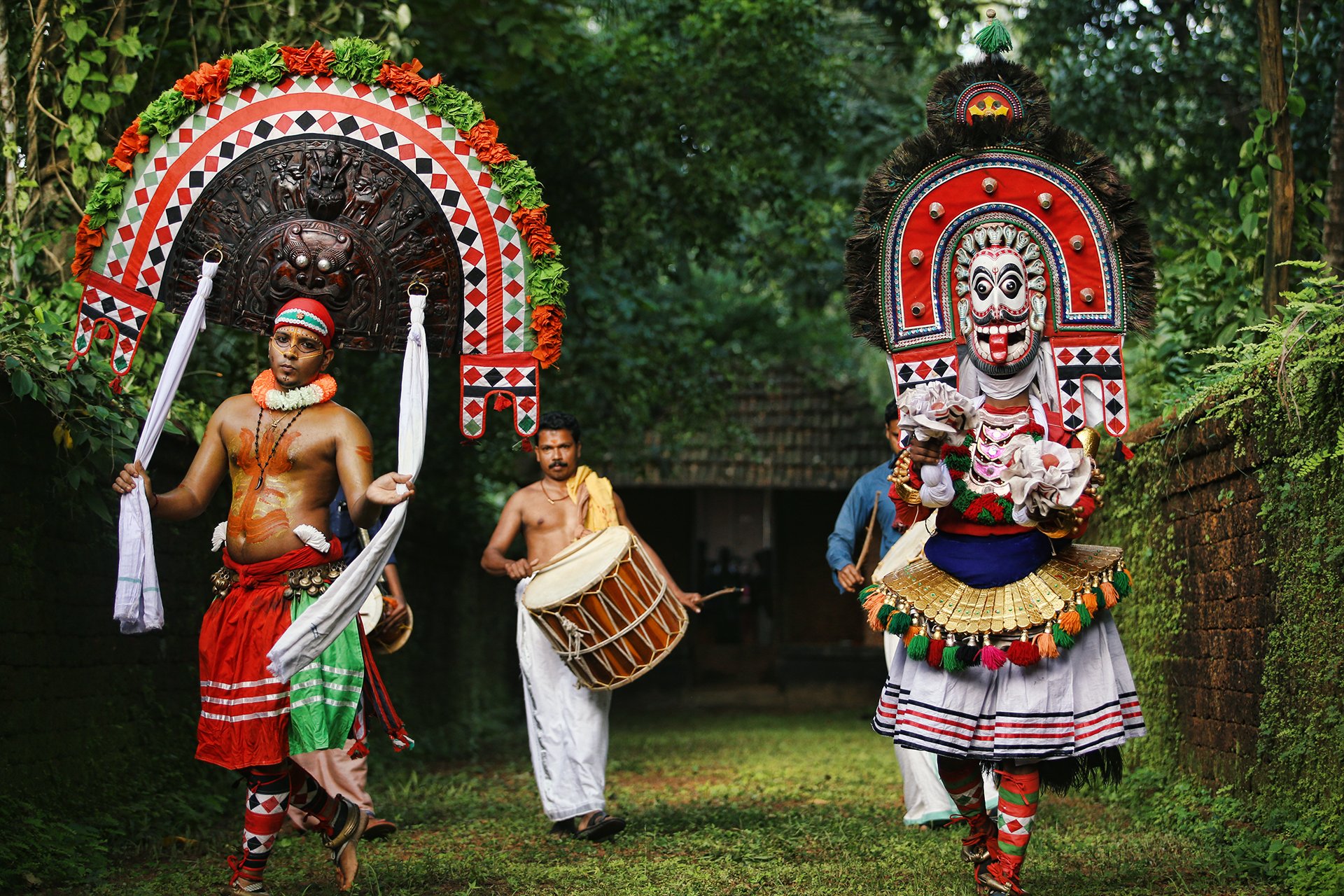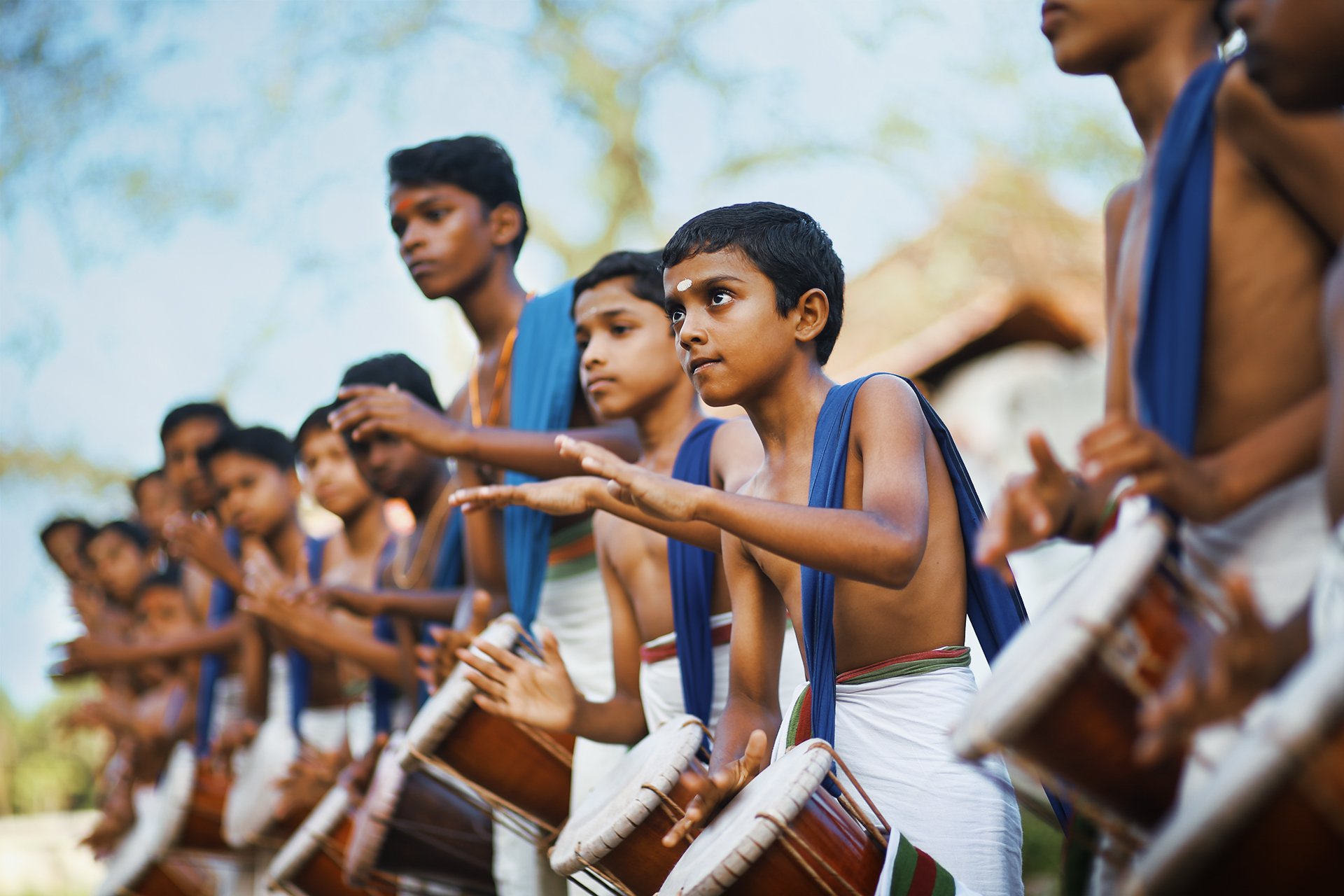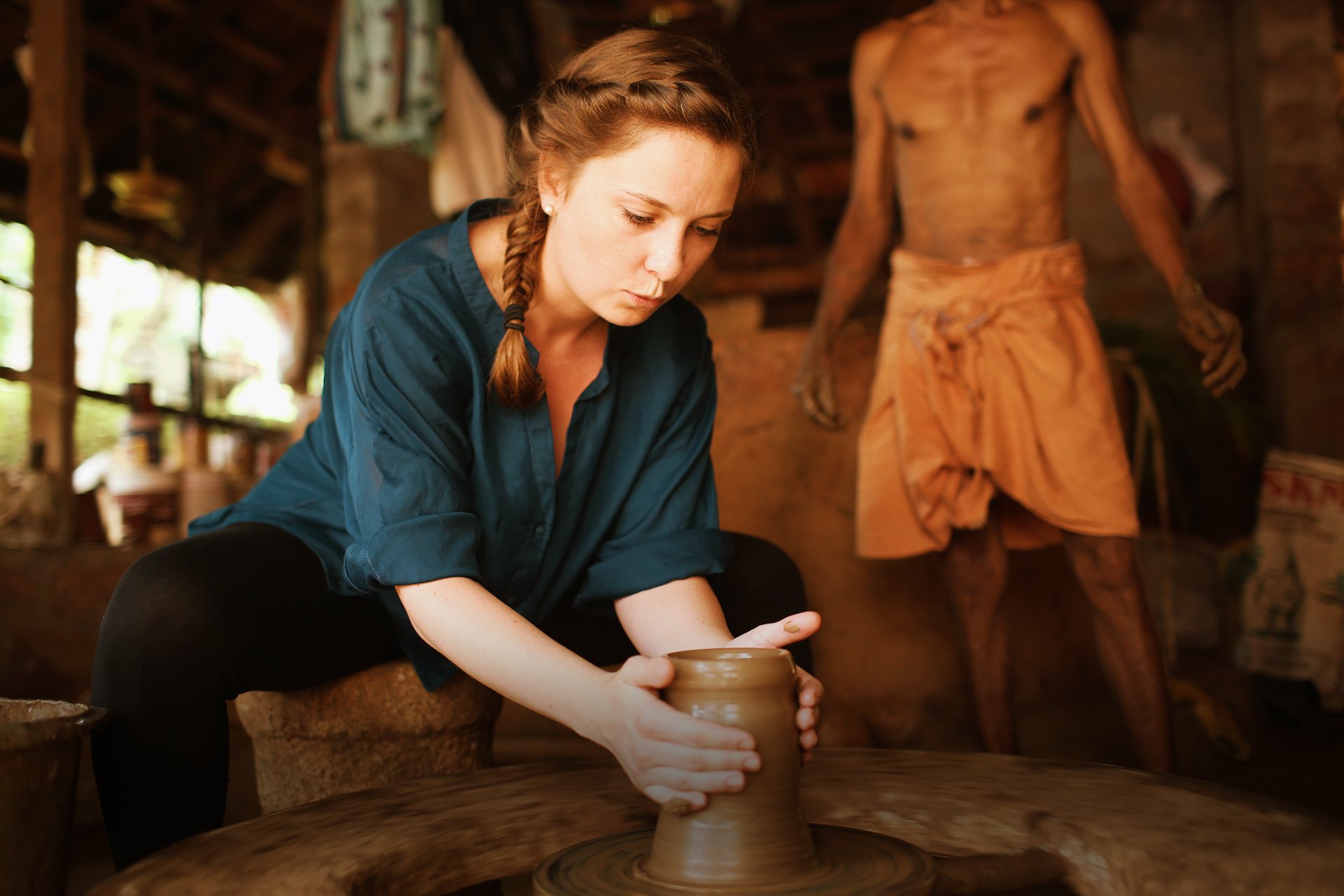Repurposing Tourism in the Climate Emergency: The Blue Yonder
In times of natural crises, the humanitarian sector requires crucial support in various areas such as logistics, supply chain access, transportation, food and beverage, accommodation, and highly skilled human resources. Surprisingly, the tourism industry possesses all these essential components. So, why not harness the strength of tourism to bolster the humanitarian sector? This has been the driving force behind The Blue Yonder's mission for the past two decades as they have encountered and responded to nearly ten major natural disasters while collaborating with communities to build climate resilience and responsibility.
The Blue Yonder, the winner of GLP’s Sustainability Storytelling Competition in the “Best of the Rest” category, is focused on creating livable spaces for both residents and visitors, intertwining the goals of sustainable tourism and climate resilience. With its far-reaching presence across the globe, the tourism industry possesses immense potential. Despite the greenhouse gas emissions associated with tourism, the industry offers numerous advantages. From partnering with the development sector to implementing disaster risk reduction measures, to being at the forefront of emergency response during climate change-related crises, tourism can play a pivotal role in addressing climate challenges. The Blue Yonder's story transcends mere declarations and agreements to reduce carbon emissions by providing practical steps and tangible solutions.
The narrative that The Blue Yonder addresses is both local and global in scope. Climate change-induced natural disasters are impacting destinations and communities with increasing frequency, extending far beyond specific locations. No destination can afford to be vulnerable and unprepared in the eyes of tourists. The tourism industry is actively seeking local, hyper-local, and global solutions to tackle the challenges posed by climate change.
Simultaneously, the humanitarian sector is in dire need of partners from other industries to assist them at the local level during climate-related disasters. The Blue Yonder's intervention bridges the gap between the tourism, development, and humanitarian sectors, fostering the creation of climate-resistant and climate-responsible destinations.
As the climate emergency intensifies, the collaboration between these sectors becomes all the more crucial. The Blue Yonder stands at the forefront of this transformative movement, paving the way for a sustainable and resilient future. By harnessing the power of tourism and uniting diverse stakeholders, they are spearheading the reimagining of the industry's role in times of crisis. Through their initiatives, The Blue Yonder is not only shaping the narrative of climate resilience but also providing hope and practical solutions to communities worldwide.
About GLP’s Sustainability Storytelling Competition:
Born from its mission to promote sustainability through storytelling, GLP’s Sustainability Storytelling Competition (SSC) invited organizations of any size, from any industry, to submit their untold story of sustainability for a chance to win a custom video produced and distributed by GLP and global partners.
The inaugural competition had six categories that covered critical issues around climate and environment, community, and social justice: Sustainable & Regenerative Tourism, Sustainable Food, Environmental Justice, Conservation & Nature, Communities & Cultural Preservation, and Best of the Rest, to capture outstanding stories outside the main categories.
Top-tier panelists from diverse industries around the world reviewed submissions and identified winners based on story potential, greatest need, previous exposure, and positive impact.
Learn more here: glpfilms.com/ssc




